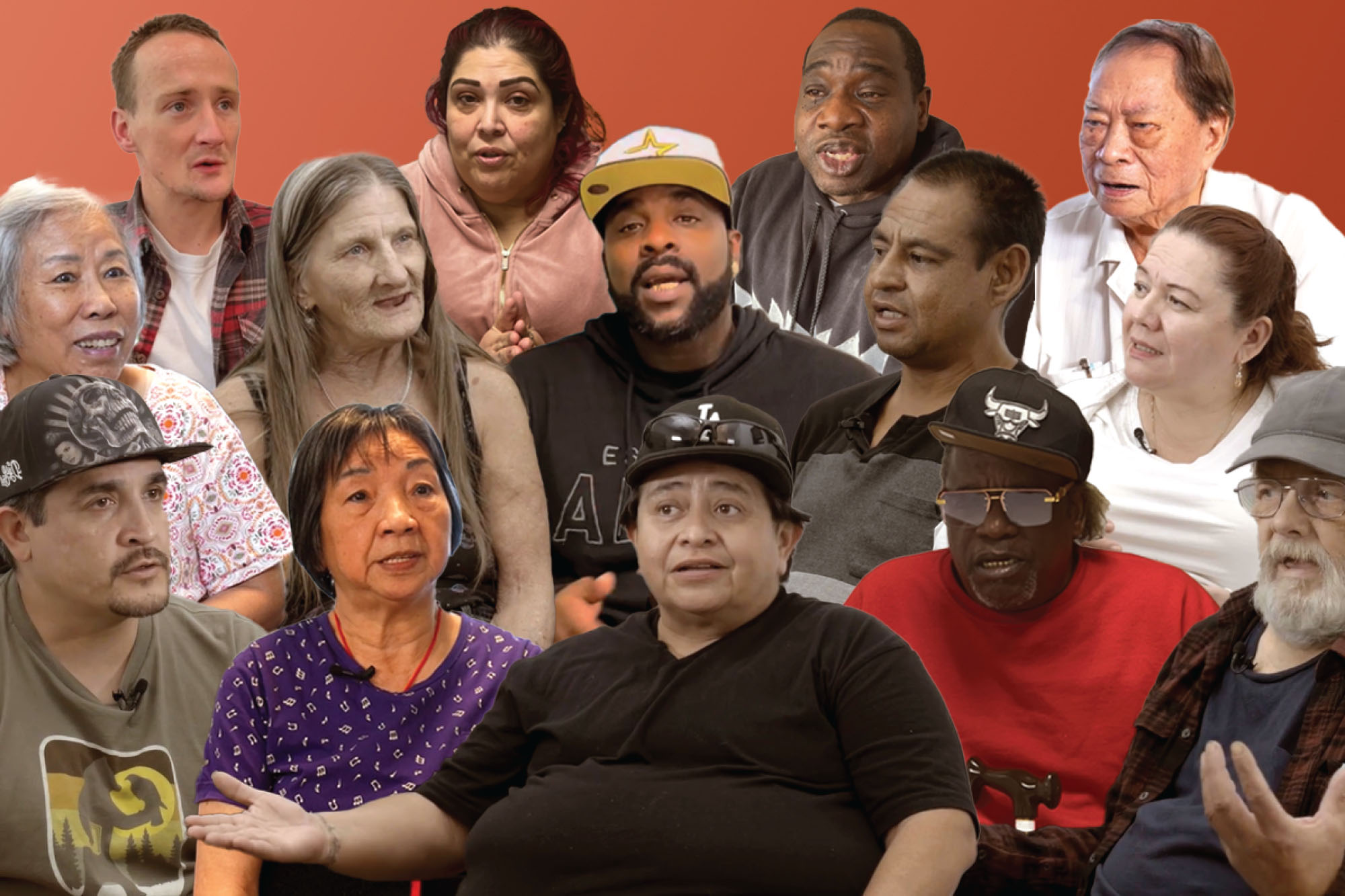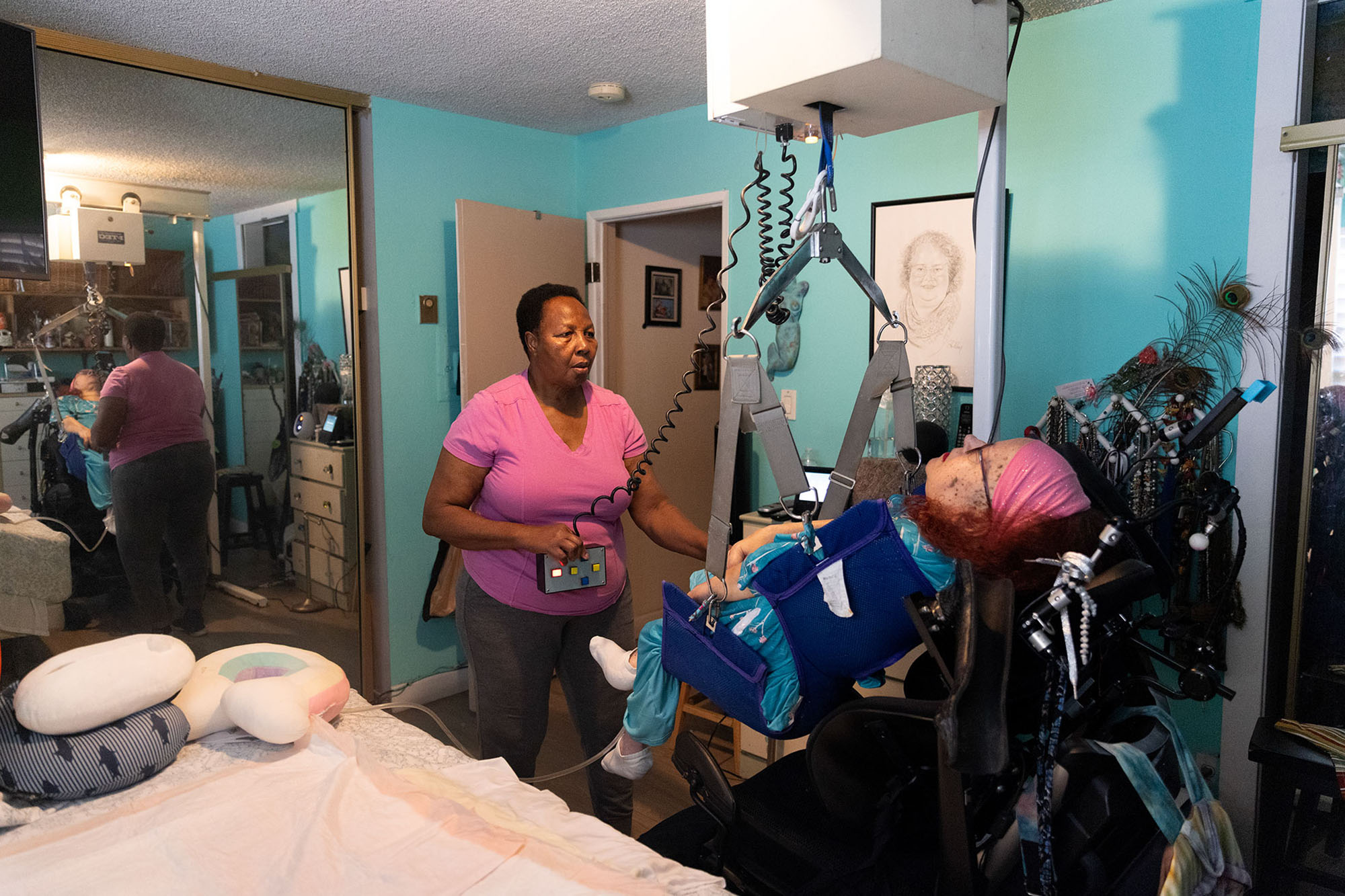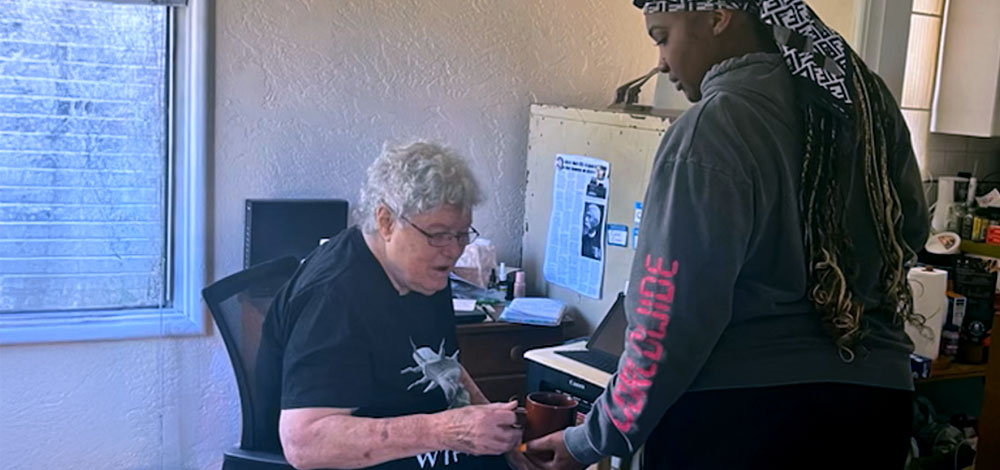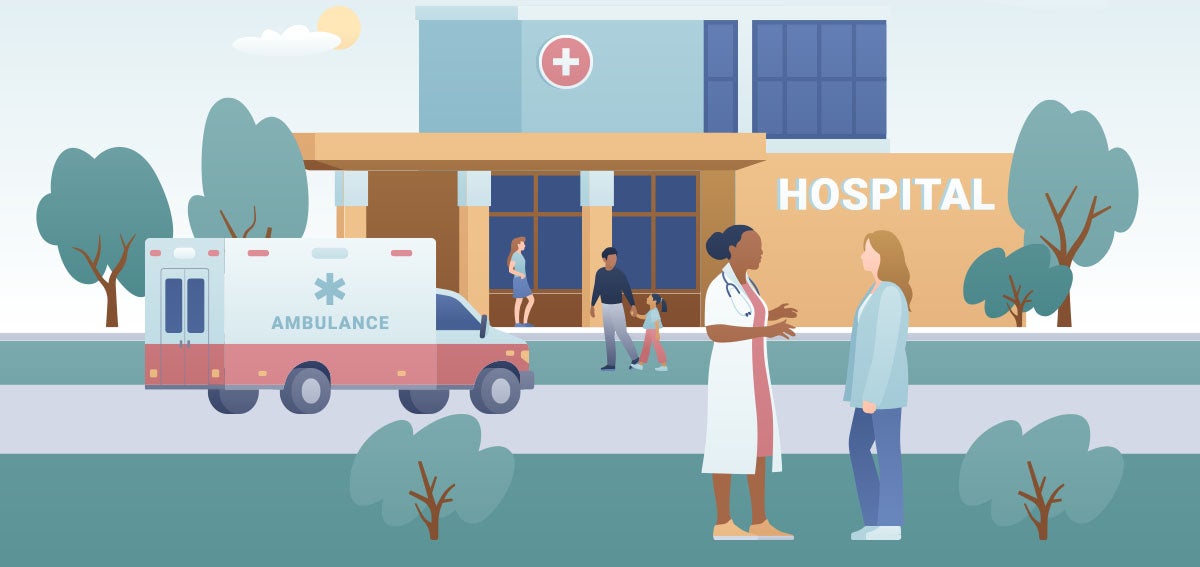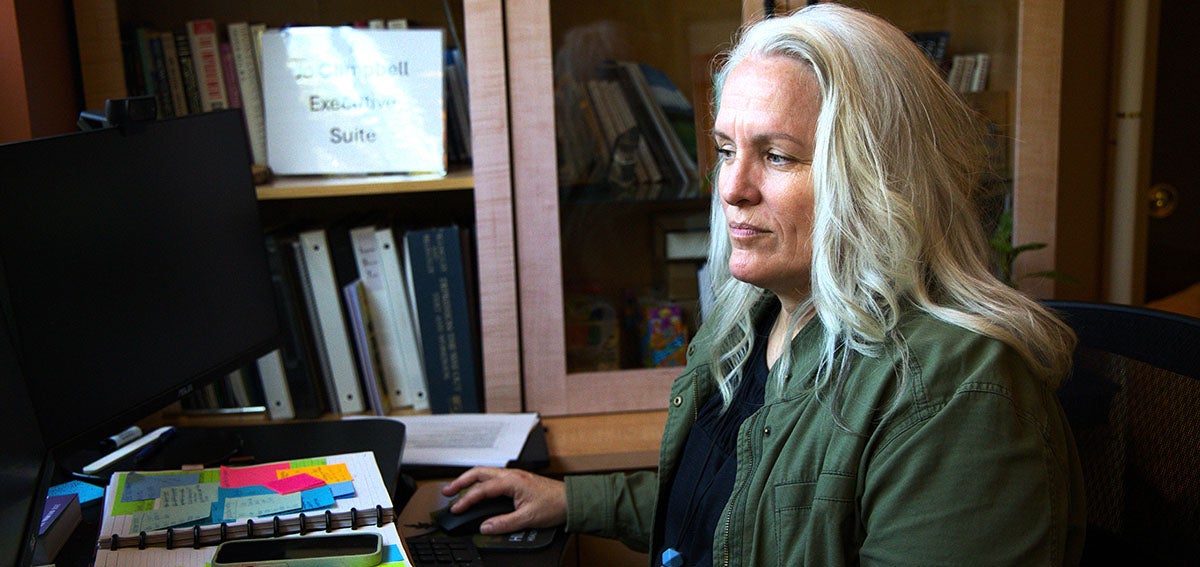|
Getting your Trinity Audio player ready…
|

An unprecedented number of Californians are facing the task of renewing their eligibility for Medi-Cal, the state’s Medicaid health insurance program for people with low incomes and those with disabilities. During the COVID-19 pandemic, enrollees in the program were given a reprieve from the annual re-enrollment process because the federal government prohibited states from removing people from Medicaid programs. This temporary policy helped millions maintain coverage, but now that the public health emergency is over, local Medi-Cal offices are redetermining the eligibility of more than 15 million enrollees. This massive “unwinding” of the federal continuous coverage policy began on April 1, 2023, and is due to be completed on May 31, 2024.
This is the second in a series of CHCF blog posts that seeks to lift the perspectives of government agencies, community-based organizations, and other key groups on the front lines of the unwinding in California. The series asks: How are Medi-Cal members faring during the process? What is going well and what can be improved? What are we learning that can be used to streamline Medi-Cal enrollment and retention processes, even after the process is complete?
I recently put these questions about the unwinding to Yingjia Huang, assistant deputy director of health care benefits and eligibility at the California Department of Health Care Services (DHCS). Our interview has been edited for length and clarity.
Q: What are some of the challenges DHCS has faced with renewals?
A: One of the major challenges is the high volume of redeterminations. After the Affordable Care Act expansion in 2014, we grew overnight by several million — but definitely not to the 16-million mark. During the pandemic, many of our members also moved throughout the state while the renewal process paused, so we had little to no contact with them. We did a mass mailing in 2021, and about 10% of the mailings were returned to DHCS because we lacked updated contact information. This means many people were unable to fill out and return the renewal packet because they never received it.
The county social services offices facilitate the Medi-Cal eligibility process, and we lost a lot of county workers during the pandemic. They burned out because our public assistance programs experienced a significant increase in caseloads, and COVID-19 led to personal challenges outside the work environment. This caused many retirements over the last few years, leaving fewer experienced county eligibility staff to work on Medi-Cal. At the outset of the unwinding, about 40%-50% of the eligibility workforce was vacant, and many of our workers had never completed a Medi-Cal redetermination because they were hired during the pandemic when redeterminations were paused. Less than two years ago, the state augmented the county budget by $146 million in an effort to increase the redetermination workforce, but it’s been difficult to find enough people to fill the positions.
Separate from the unwinding, the US Centers for Medicare & Medicaid Services directed us to consolidate the two electronic eligibility and enrollment systems county workers use to manage Medi-Cal caseloads. Converting two systems into one requires additional training to help staff learn how to use the new system.
Q: What changes could improve the renewal process in the remaining months?
A: The federal government approved several “flexibilities” for states at the outset of the unwinding to smooth the process, and it will help if these could become permanent. For example, many people in the “seniors and people with disabilities” category have stable incomes because they collect a pension or retirement income, but eligibility workers often struggle to verify these amounts through the electronic databases that house information from the Social Security Administration. This means we cannot renew them automatically. As a result, after we send these members a renewal packet, they need to submit additional information to be approved.
However, with the federal flexibility waivers, our workers have not been required to verify these members’ income from other sources if the amounts remain stable from year to year. About 2 million or 3 million people fall into this category, and these cases tend to be more complex and time consuming to renew without the federal “flexibilities.”
Another change that would help going forward is a continuation of the public awareness and outreach campaign we started during the unwinding. As part of the campaign, for the first time we began sending reminders to members via text to update their contact information. In the past, we sent these reminders via postal mail and online through a member’s BenefitsCal account (an online portal where Californians can apply for and renew Medi-Cal and other public benefits), but many people do not have an online account. According to DHCS data, an average of 55%-60% of Medi-Cal members have opened the text reminders. Our community partners have let us know that people are coming in to renew their Medi-Cal because members are receiving the texts.
We are also spreading the message that even when people get a notice that they were disenrolled on a certain date, they will be reinstated if they submit the renewal packet within 90 days of disenrollment and once their eligibility is confirmed by the county. Many people do not realize they have a 90-day grace period.
Q: What bright spots have you seen in this process?
A: Our local Medi-Cal offices have done an extraordinary job keeping up with the redetermination caseload. Our partnership with the county offices is the closest we have ever experienced because we have a mutual understanding that this is an unprecedented event. One of the ways we are partnering together is through promoting the DHCS Coverage Ambassador Program, which allows community advocates, community-based organizations, health plan representatives, and others to receive training from DHCS about how to help Medi-Cal members retain their coverage.
Through the program, we teach ambassadors about the renewal process. To date, we have trained more than 5,000 ambassadors. This program is a new concept for DHCS and is important because ambassadors are considered trusted messengers on the ground. We know that government entities can be intimidating to members, and ambassadors may have a stronger sense of cultural competency.
We also recently received federal approval of a new policy that allows Medi-Cal members to provide a reasonable explanation for an inconsistency in their income data. For example, a member’s current income may be lower than the income data reported by the IRS from the previous year. Normally, a member would need to provide documentation to prove they are currently earning the lower amount, which can be a barrier to people completing their renewal. The new policy allows them to bypass the documentation requirement, and instead give a brief written explanation for the inconsistency. A seasonal worker, for instance, could describe the current season’s work and pay rate. This change is a bright spot as it will be an ongoing policy.
Q: What is on the horizon for Medi-Cal after the unwinding?
A: Through the course of this unwinding, we have developed many creative ways to understand who we cover, how we cover them, and how to meet our members’ needs. We created an interactive dashboard that shows updated information about the number of renewals, the number of redeterminations discontinued, reasons for discontinuations, and other data so we can be transparent about our progress during the unwinding. The data from the dashboard revealed that many members were experiencing “procedural terminations” because they were not returning their packets, which prompted DHCS to extend the outreach campaign.
We hope to continue using these strategies to better understand what our members need. Effective January 1, Medi-Cal no longer bars income-eligible Californians who are 26 to 49 years old because of immigration status. That will increase our program enrollment significantly, and we must continue exploring how to reach out to people and partner with each county to implement these changes successfully.
Authors & Contributors
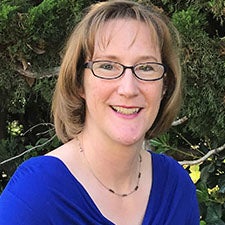
Heather Stringer
Heather Stringer is a freelance health and science journalist based in San Jose. She studied civil engineering at Stanford University and started her journalism career at a daily newspaper in Fremont. Heather began covering health care as a staff writer and editor at a nursing magazine and launched her freelancing career in 2003. Her work has been published in Scientific American, Monitor on Psychology, Cure, Proto, and Nurse.com.

Andri Tambunan
Andri Tambunan is a Sacramento-based documentary photographer and videographer. He specializes in photojournalism and long-term narrative. His documentary work focuses on social justice, health, environmental conservation, and identity, and he has a passion for using visual narrative to inform, engage, and effect social change.
As a multimedia journalist and storyteller, Tambunan has experience as a producer, visual creator, editor/curator, and project manager. He is proficient with image-editing software, studio lighting, video and audio capture, and many genres of photography.

